Tips for choosing a tail light for your bike
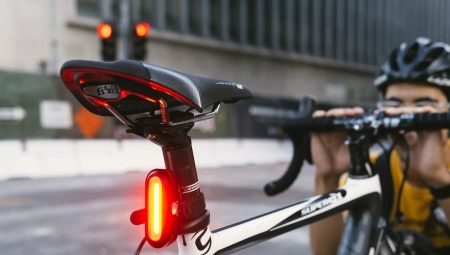
When buying a bicycle, it is advisable to use not only the basic, but also additional equipment. Certain items mounted on a fender, frame, or rudder can make steering easier and help with orientation on the road. One of the additional elements is the taillight, which can fulfill a number of important functions. We will consider its types and methods of attachment.
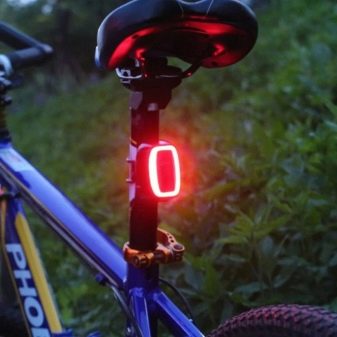
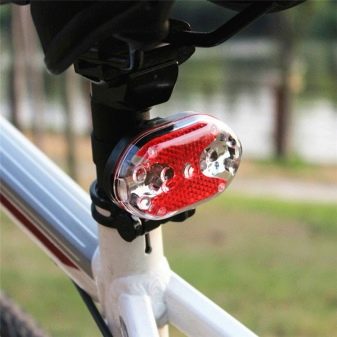
Peculiarities
A rear light on a bicycle differs from a front light in its role in road traffic. If with the help of the front one the cyclist can light his way, then the back one will help in the dark. It will give motorists the ability to spot the cyclist from a distance and avoid collisions.
The front light can be adjusted and removed, and the rear light must always be in place in order to secure the situation on the road at the right time.

Views
There is a wide choice here, so you can safely choose the right lantern.
Diode
These headlights are among the most common. They can illuminate a wide distance, be quite powerful and inexpensive. The diodes inside the lamp can be arranged in a different sequence, depending on the shape of the lamp. Also, the diode can be one and powerful, or there can be several, but less efficient.
These lights have 2 modes: flashing and constant. The first option is suitable for a more economical power consumption, but at night it is better to use the second. If a driver is driving in front of you and you turn on the flashing light, this can blind him and create a dangerous situation on the road.

With laser track
These lights are a novelty for cyclists. The main feature of this flashlight is that stripes of laser light begin to form on the sides. They show drivers where the cyclist is. This type of headlights is much more expensive than simple ones, but it works more efficiently.
Tracks have several modes, including flicker, blink and constant light. The laser headlights are waterproof, consume little power and can operate for up to 20 hours without interruption. Traces from such a lamp can be seen 1.5 km away, so the driver will be warned about the presence of a cyclist on the road long before approaching. It is attached to the seatpost and powered by 2 AAA batteries.
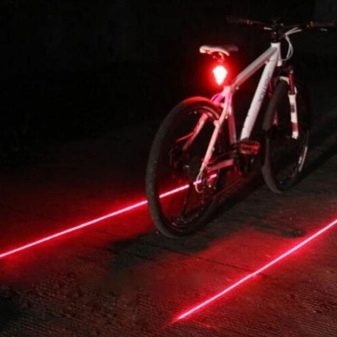
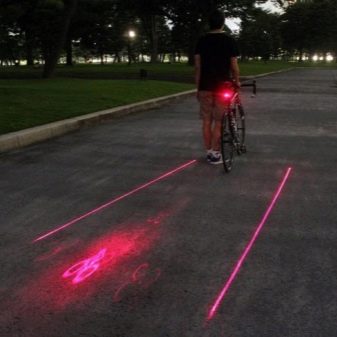
Flashers
One of the most common and simple lanterns. It is mounted behind the seat or on the rear fender with a clamp. The design is a small pocket flashlight that is powered by batteries. Sufficient power, ease of use and low price make this type of flashlight one of the most common. The flow of light generated by such a device will give riders a clear idea of where the cyclist is.
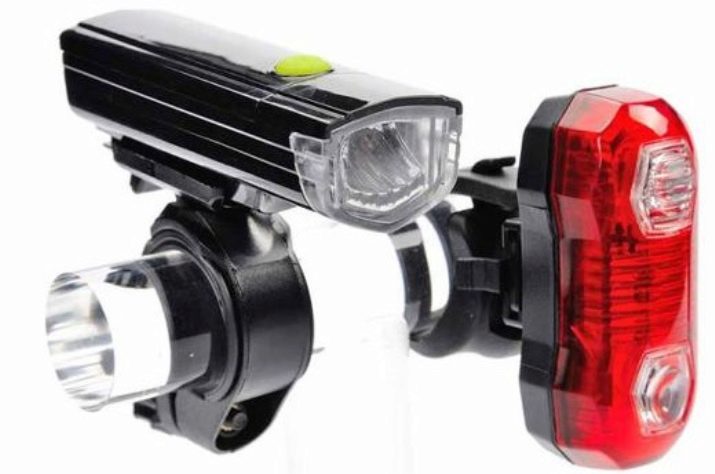
Helmet
This is a flashlight, which is immediately integrated into the helmet and is located on the back of the cyclist's head. As a rule, such units are not very powerful and are only an additional accessory.
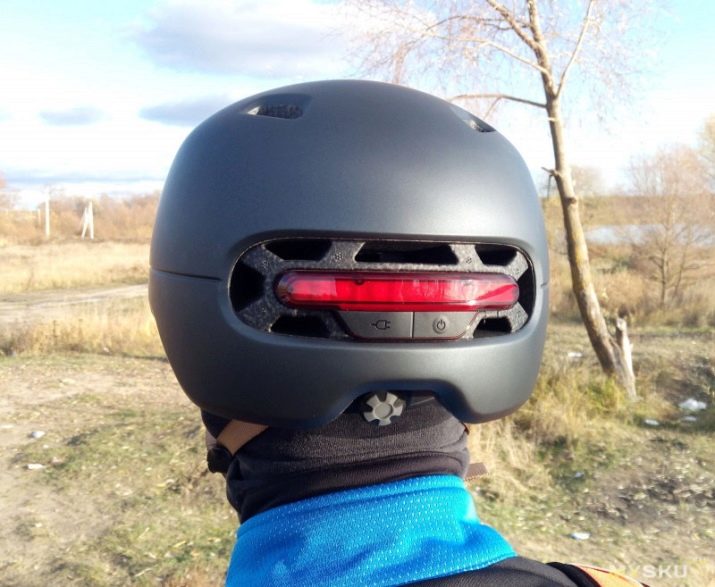
Induction
This is a light that works by moving the bike. You can make it yourself using copper wire, magnets, a capacitor, diodes and a coil. The light starts to appear when you pedal. Energy is generated from the work done when the rear wheel is moving. It goes through a copper coil to a diode, which acts as a flashlight.
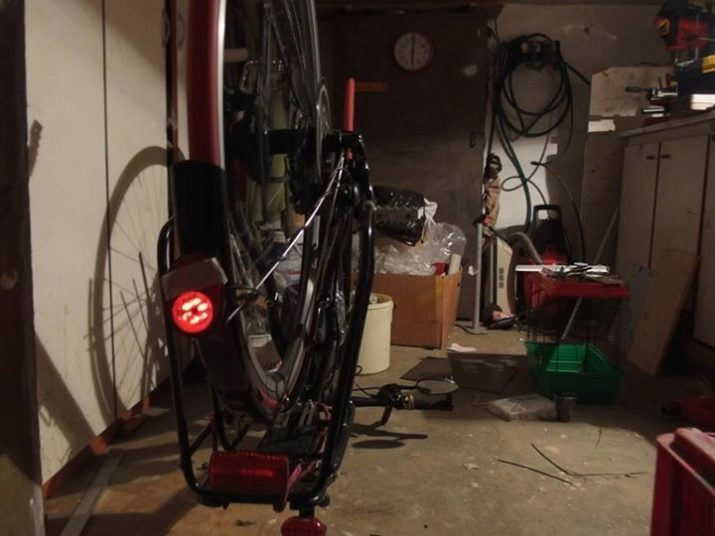
With turn signals
There is also this type of lantern. It will help guide the driver in which direction you want to turn. This is done so that unpleasant situations do not occur at intersections and roads with massive traffic. A lamp with a direction indicator is installed behind the seat or on the stem, which holds the seat. Such units are quite expensive, because they have several types of work: blinking, glowing and constant light. Instead of the main recognition function on the road, these lights show the direction the cyclist is traveling.

With a camera
One of the most useful and expensive types of bicycle lights. The presence of a camera allows you to record what is happening on the road, therefore this function can help in the event of a collision. You need to understand that the power consumption of such a bicycle light is higher than that of a simple version, after all, power goes not only to the light, but also to the operation of the camera itself. The memory that the camera uses can be over 16GB, so you don't have to wipe your device's memory card too often. The method of power supply is battery-powered, and the camera must be used via USB.
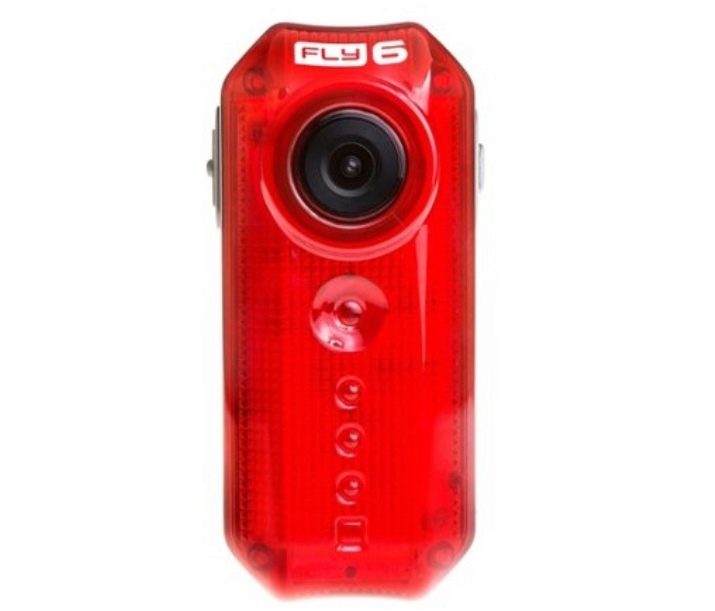
With brake light
This bicycle light is very easy to install and effective on the road. Such a device cannot be distinguished by its high power, but it allows you to warn motorists and pedestrians that you have decided to stop. Inside the luminaire there is a mechanism that signals the individual stop LEDs. In the event of braking, they are triggered and a brake light appears. Most of these devices are installed through a clip, which makes it possible to remove them if necessary.
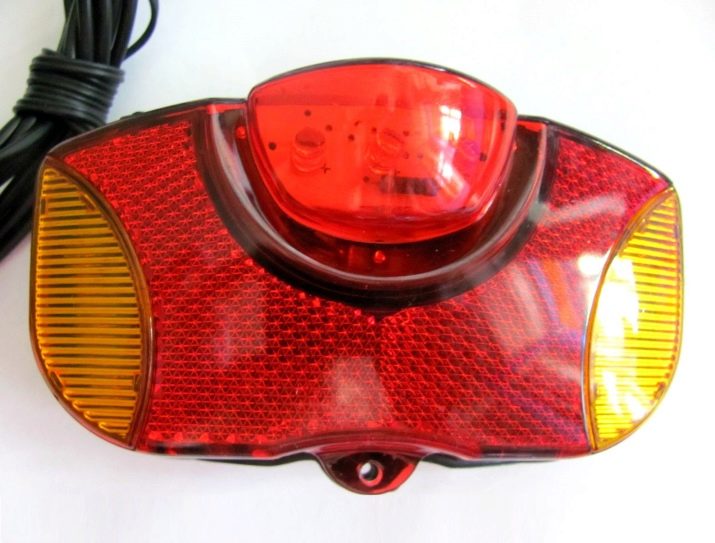
Multi
These are the most modern and expensive lanterns. They combine all the basic functions, they can record on the camera and leave laser stripes. Some multi-system bicycle lights have a brake light function along with turn signals, different types of operation and modes for reduced energy consumption. They are also unpretentious to environmental conditions and have a high enough power to be seen from 1.5 km away. The versatility allows you to install such lights on various mounts that can be supplied with the device.

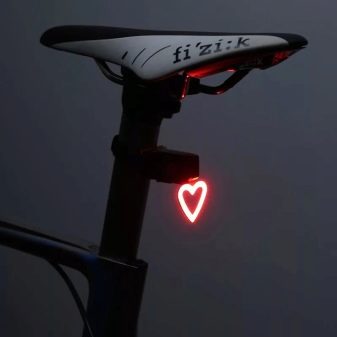
Mount types
Silicone
In order to install the lantern, you can use a special strap made of silicone. It needs to be stretched, positioned in the right place and fastened back. The design is simple, so with the help of such a device, you can quickly remove and put on a bicycle flashlight. The downside is that under unfavorable conditions, for example, in frost, the silicone begins to lose its properties, and the quality of fastening is noticeably reduced.
Silicone straps can be supplied with LED lights such as Blackburn Mars Click or Solarstorm.

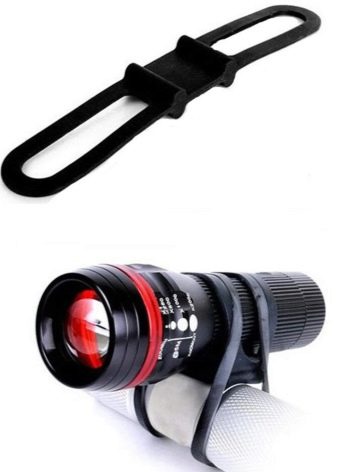
Fixed mounting
If you've purchased a side light, this type of mount will work best for you. It is reliable, sturdy and easy to install. Such mounts can come with a flashlight, which has its drawbacks. For example, you will not be able to install another type of mounting, and you will need to purchase the fixture separately. The main disadvantage of a non-removable device is the inability to carry or replace the flashlight.
If you installed the lamp in a certain place, then it will remain there until you disassemble the mount. In addition, a universal security lock can attract intruders to commit theft.
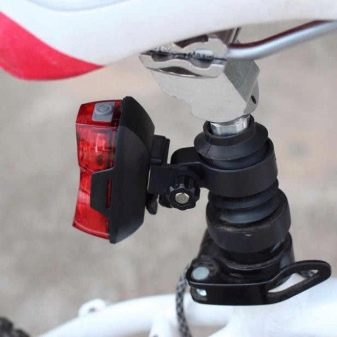

Removable mounting
The most convenient and simple mounting option... It may not be as sturdy as the non-removable one, but it makes it much easier to use the taillight on your bike. If you need to remove the device for your own purposes, then you can easily do it, for example, charge it or clean it from dirt. Outwardly, such mounts are similar to half-cylinders that are mounted on the trunk or under the seat, if it comes specifically to the rear lights. This type of construction is inexpensive, quite economical and very convenient to use.
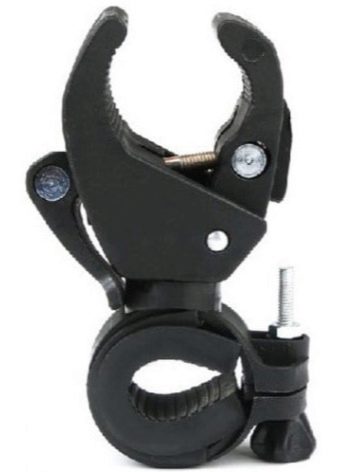

Clip
A very interesting and unusual type of attachment. A special latch allows you to fix the flashlight where it is most convenient for you.
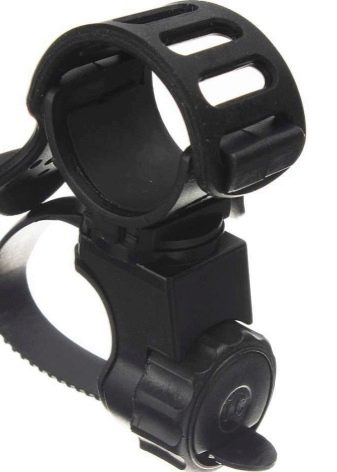
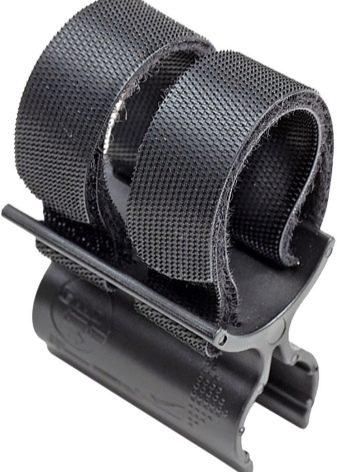
The next video tells about different options for rear lights on a bicycle.








